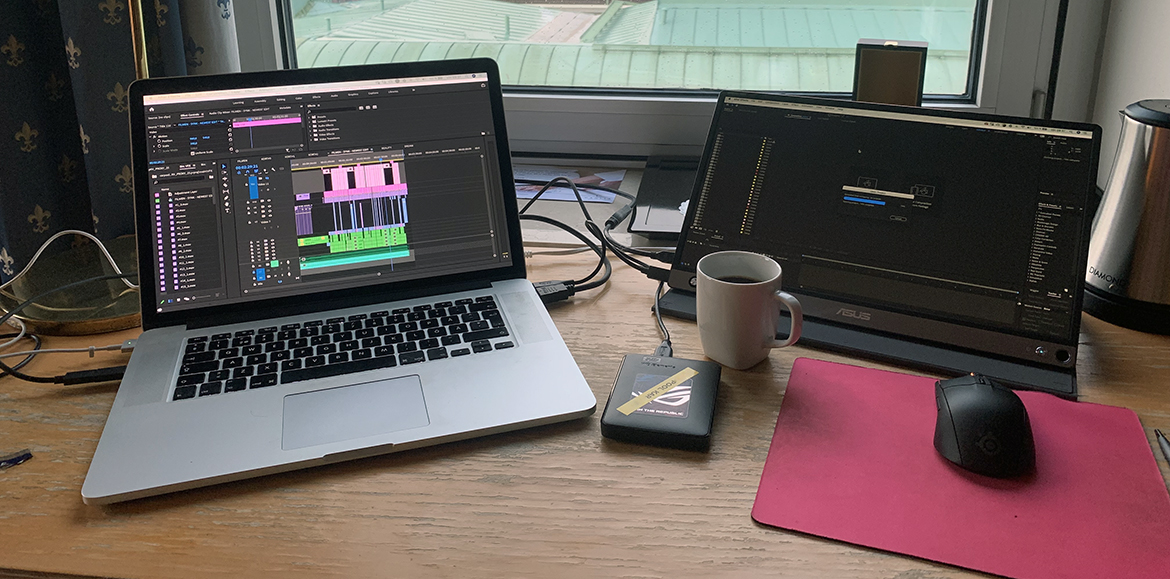TL;DR
Struggling with a single-screen portable editing setup? This review dives into the Asus ZenScreen Touch MB16AMT, a surprisingly slim and lightweight 15.6-inch portable monitor. Despite initial connection hiccups, it offers impressive touch functionality, making tasks like rotoscoping a breeze. With versatile connectivity options (USB-C, micro-HDMI), integrated speakers, and a clever stand/case, it's a game-changer for mobile creators needing a full editing suite on the go, even connecting to smartphones. While color vibrancy is slightly muted, its sharpness and portability make it a strong contender. Discover if this could be your ultimate mobile editing companion!
Since 2008, my work has encompassed commercials, music videos, and short and feature films. Given the frequent travel required for my projects, a portable editing setup is essential. Currently, I’m involved in the production of two music videos and a short film scheduled to premiere in early 2022. The ability to edit remotely, at any time and in any location, is a critical requirement.
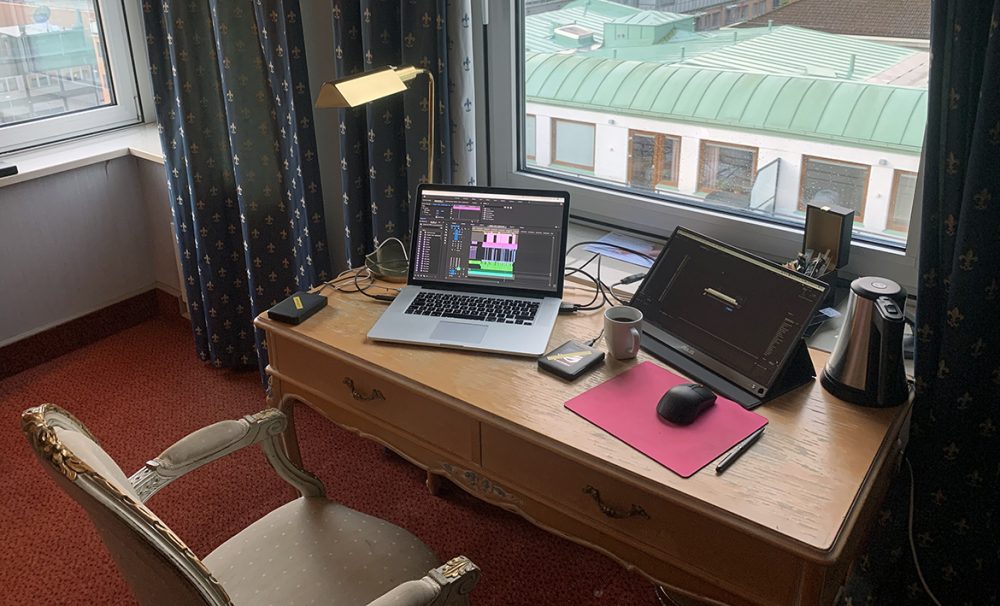
Previously, I relied solely on my Macbook Pro. However, a single screen proved insufficient for efficient work, particularly within applications like Adobe Premier. Therefore, I was eager to evaluate the ZenScreen Touch MB16AMT from Asus when the opportunity arose.
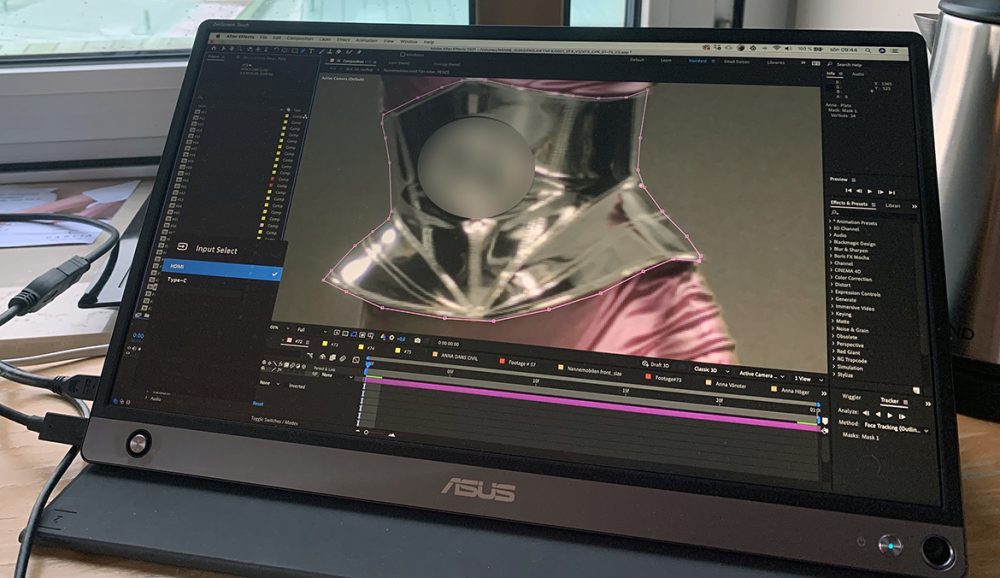
The package arrived, and its substantial size and weight initially led me to believe that the screen would be cumbersome to transport. This assumption proved incorrect. Despite its generous 15.6-inch display, the ZenScreen Touch MB16AMT from Asus is remarkably thin (9mm) and lightweight (900g), making it surprisingly portable.
The unit features a USB-C and a micro-HDMI input. My 2015 Macbook Pro lacks USB-C, necessitating the use of the included adapter. Upon initial connection via the adapter, no image appeared. After navigating the screen’s menu to select USB-C input, the issue persisted. Fortunately, I had an alternative HDMI cable and a micro-HDMI adapter available. This configuration successfully transmitted both video and audio, the latter thanks to the screen’s integrated stereo speakers, which offer reasonable sound quality for their size.
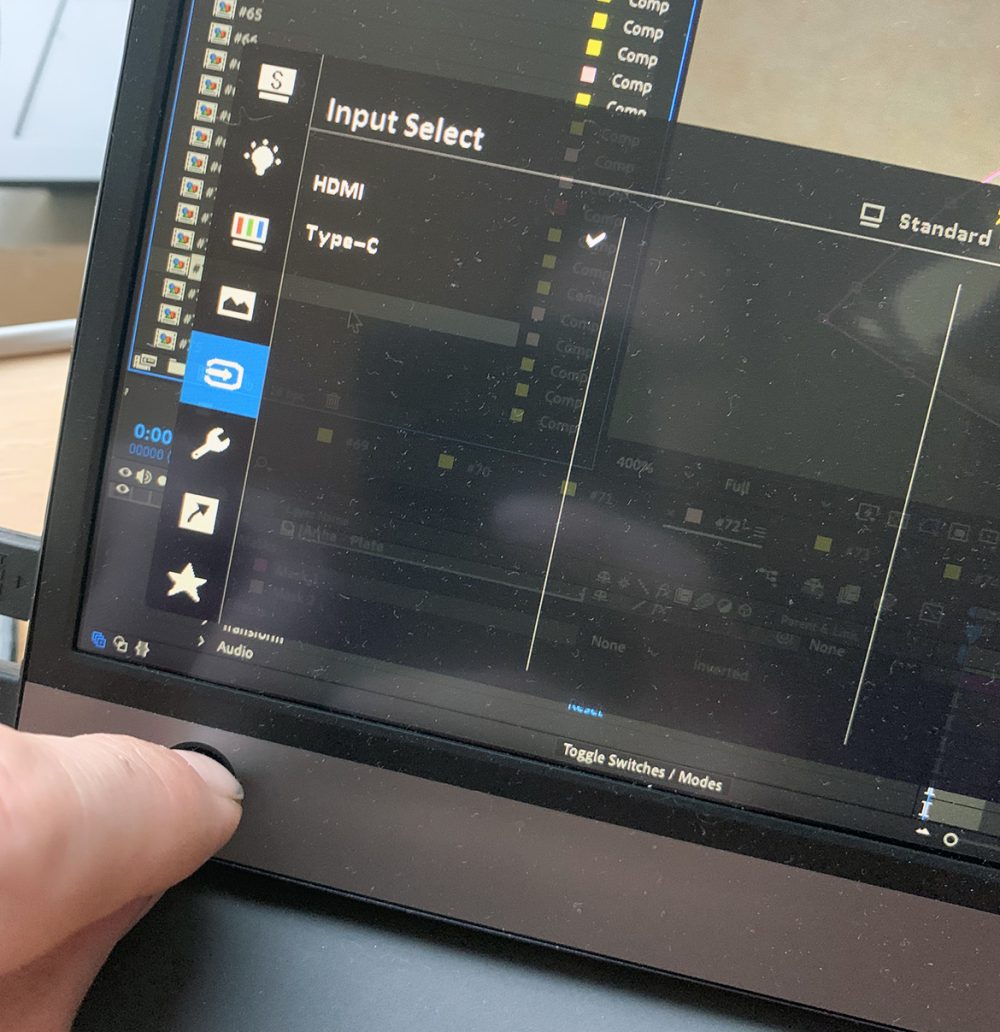
I then proceeded to test the touch functionality, which initially failed to respond to either the included stylus or direct finger input. Connecting the USB-C cable in conjunction with the adapter resolved this issue, enabling the ten-point touch capability. This allows for intuitive interaction with the screen, including familiar gestures such as pinch-to-zoom and scrolling. The stylus and the screen’s size and clarity proved immediately useful, as demonstrated in the video below.
Rotoscoping with a conventional mouse can be tedious. The ability to alternate techniques using the touch interface significantly improves the workflow. The included case provides protection during transport and also functions as a stand, supporting both landscape and portrait orientations.
The ZenScreen Touch MB16AMT can also be connected to a smartphone, providing a larger display for multimedia consumption or gaming. Furthermore, its HDMI input allows for connection to various gaming consoles, adding to its versatility.
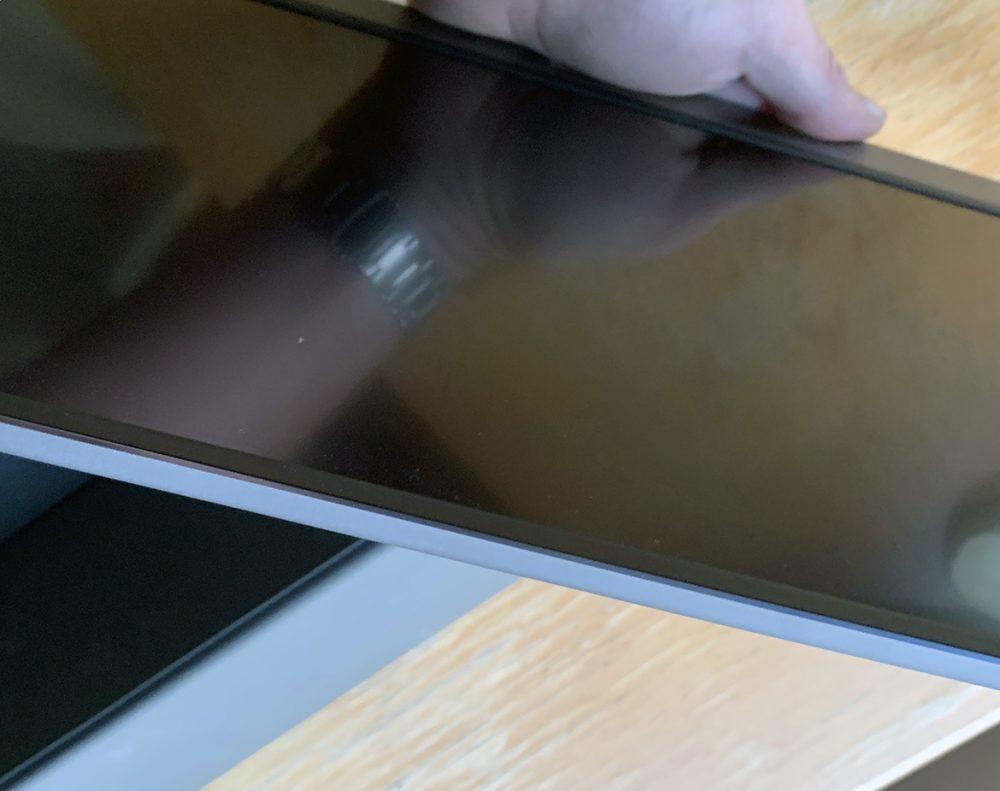
Impressively, when housed in its case, the screen’s compact size and light weight allow it to fit alongside a laptop in a standard bag, eliminating the need for a separate carrying case. This enables a fully portable editing suite within a single bag – a significant advantage.
The screen’s color reproduction is slightly less vibrant compared to my primary display; however, its sharpness and contrast are excellent, compensating for this minor difference. When connected via HDMI or USB-C without a power delivery function (e.g., to a phone), the integrated battery provides approximately four hours of operation. While this battery life could be longer, it’s not a major concern for my primary use case with a computer.
In conclusion, the positive attributes of the ZenScreen Touch MB16AMT outweigh any minor drawbacks, making it a highly recommended addition to a mobile workflow.
